Research
Inventing The Future
Our research activity focuses on the field of nanobioelectronic which is a rapidly developing field aimed at integrating nano- and biomaterials with electronic transducers. Our highly multidisciplinary research combines fundamental studies from different disciplines with forward-looking engineering efforts.
Current research projects
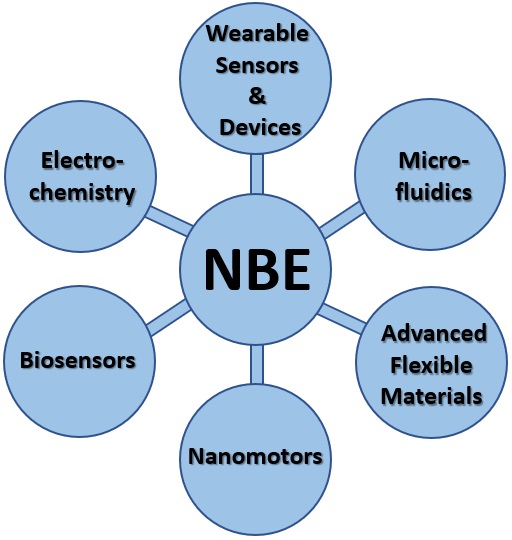
- Epidermal tattoo- and textile-based wearable sensors
- Flexible, stretchable, and self-healed printable wearable devices
- Non-invasive and minimally-invasive monitoring
- Advanced glucose monitoring for diabetes management
- On-body wearable power sources (energy harvesting).
- Forensic detection of explosives and gunshot residues
- Remote sensors for environmental monitoring and security surveillance
- Advanced materials for energy applications
- Advanced materials for autonomous systems
- Fuel cells and biofuel cells
- Development of DNA and protein biosensors
- Nanomaterial-based bioassays
- Synthetic nanomotors, nanomachines, and nanorobots
- Nanoscale motion control
- Motion-based biosensing and bioseparations
- Acoustic microcannons and nanobullets
- Biomedical and environmental applications of nanomachines
Wearable Biosensors
Sensors are small devices that provide real-time, on-site detection and analysis and often eliminate the need for sample collection, preparation, and laboratory analysis. Such devices rely on the judicious and intimate coupling of a chemical or biological recognition layer and a physical transducer (e.g. electrode, fiber optic). The goal is to convert the selective chemical or biological recognition event into a useful electrical signal. The development of advanced chemical sensors and biosensors thus requires proper attention to both the recognition layer and the physical transducer, as well as to the coupling of these recognition and transduction events. We are exploring the fundamental aspects of the recognition and transduction events, developing and characterizing new coating materials and electrode transducers, designing new microsensors for clinical diagnostics, environmental monitoring, security surveillance, or industrial process control, exploring flexible and stretchable (Figure 6) wearable devices for non-invasive on-body sensing (e.g., tattoo-based sensors; Figures 3, 4, and 13), developing ‘smart’ Sense/Act logic-based closed-loop devices (e.g., Figure 7), new interfaces for ultrasensitive bio-affinity (DNA, protein) assays, enhancing bio-detection through the use of novel materials (e.g., nanowires, nanoparticles) and build compact instruments for field measurement.

The creation of epidermal sensing devices able to conform to the contours of the human anatomy is currently receiving considerable attention in our labs towards non-invasive chemical monitoring. The above photograph gives an insight into the various wearable sensors being developed in our labs for detecting several important analytes. Such skin-worn wearable sensors can yield significant insights into the overall health status of the wearer in connection to diverse healthcare, fitness, and military applications (Figures 4, 9, 14). Wearable biofuel cells are being developed for powering these on-body sensors (Figure 12). In addition, advanced sensors for ‘on-the-spot’ forensic applications are being developed towards field identification of explosives or gunshot residues (Figure 11). We demonstrated all printed highly stretchable and self-healed electrochemical sensors and biofuel cells that can withstand extreme mechanical strains with negligible effect on their structural integrity and electrochemical performance. Advanced self-healing materials are integrated into our wearable electrochemical devices to prevent structural fractures and augment their longevity.
Figure 1. All-In-One Health Monitor: BPCM- Blood- Pressure/Chemical Monitoring (Nature Biomedical Eng., 2021)
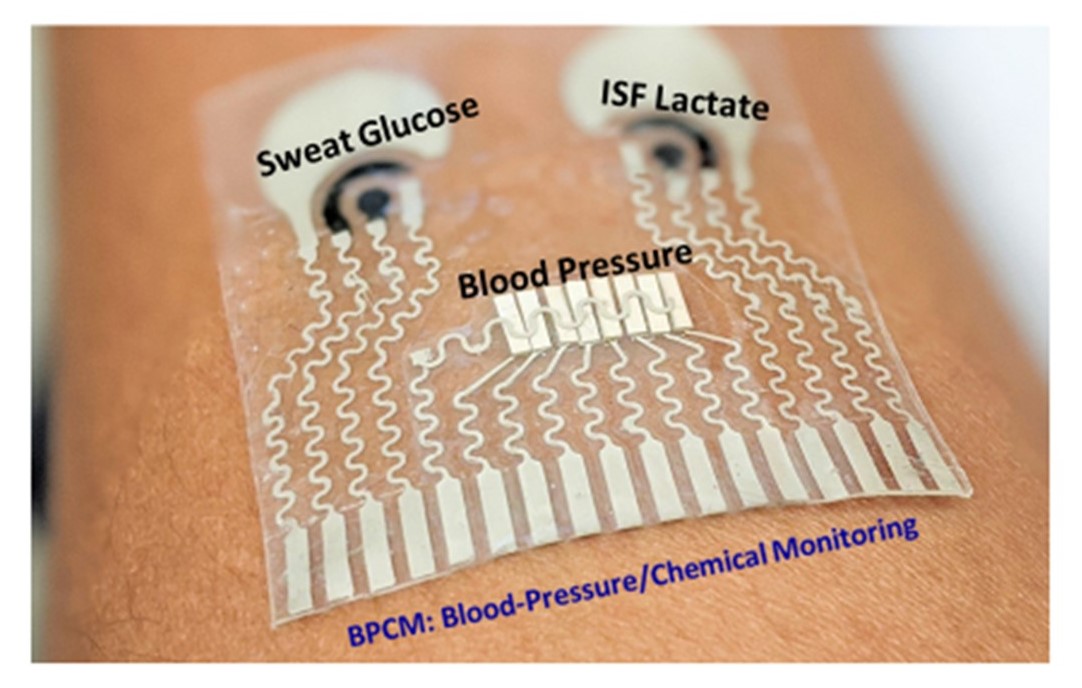
Figure 2. Self-Sustainable Textile-based Multi-Modular Bioenergy Microgrid System, (Nature Comm. 2021)
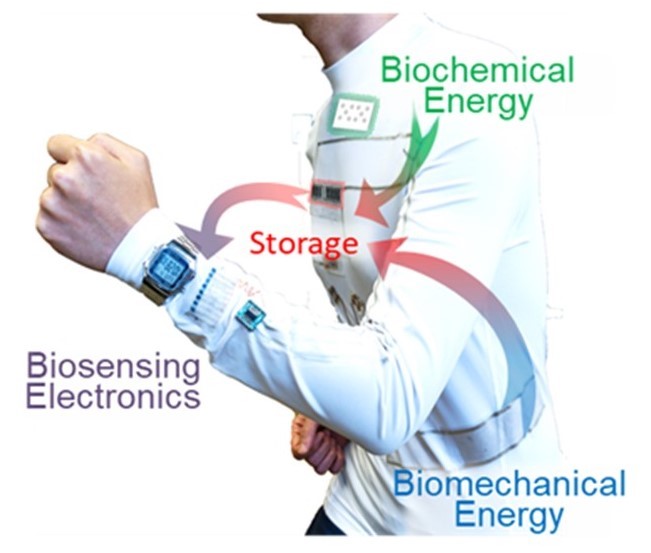
Figure 3. Integrated wearable microneedle array for the continuous multiplex monitoring of biomarkers
(Nature Biomedical Engineering, 2022)
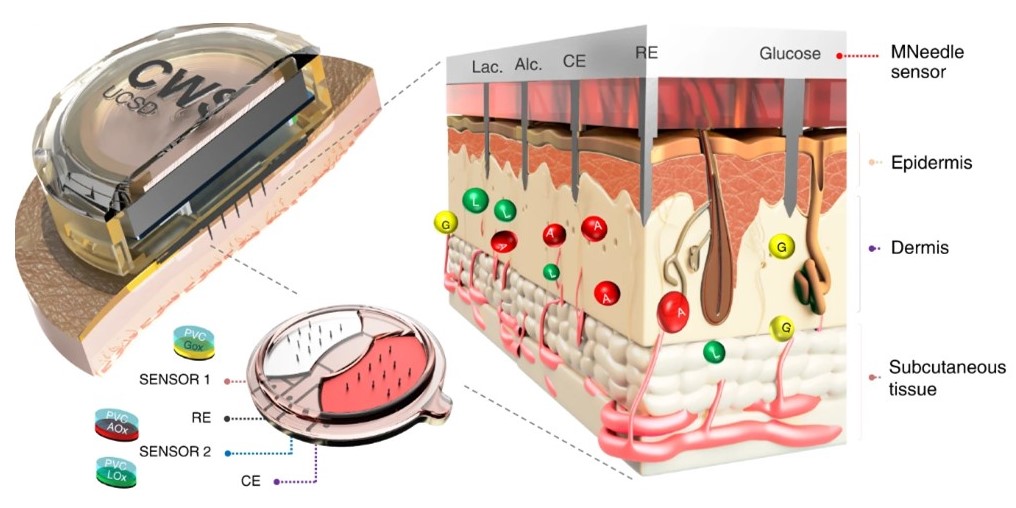
Figure 4. Epidermal Tattoos electrochemical biosensors for Glucose (Analytical Chemistry, 2015)

Figure 5. A dual‐biomarker sensing chip for glucose and insulin (Angewandte Chemie Int. Ed, 2019)
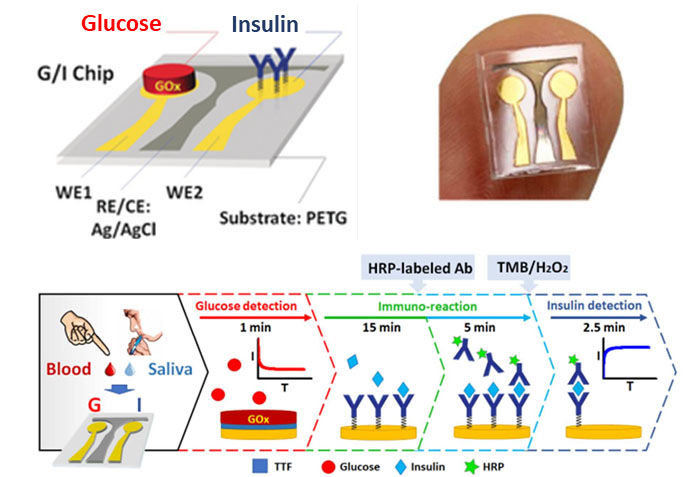
Figure 6. Simultaneous monitoring of sweat and interstitial fluid (Advanced Science, 2018)

Figure 7. Electrochemical tattoo biosensor for real-time non-invasive lactate monitoring during fitness activity (Anal Chem 2013).
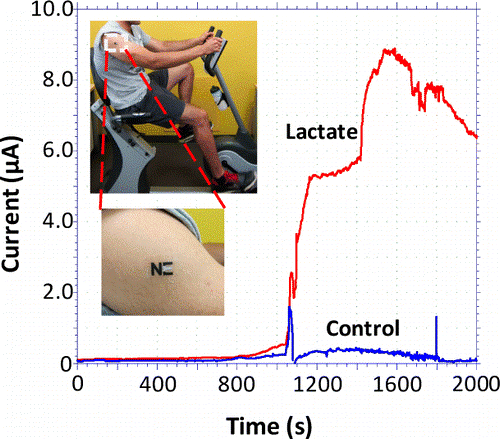
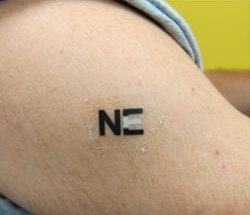
Figure 8. Epidermal biosensor for sweat vitamin C: Towards personalized nutrition (ACS Sensors 2020).

Figure 9. Epidermal Microfluidic Electrochemical Detection System (ACS Sensors 2018).
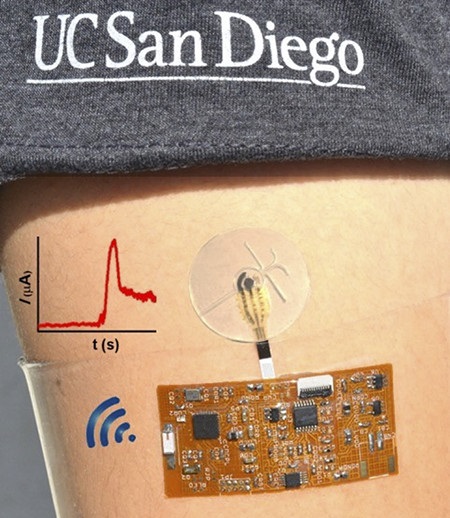
Figure 10. Self-Healing Sensors (Science Advances, 2016)

Figure 11. All-Printed Stretchable Electrochemical Devices (Adv. Mat. 2015)

Figure 12. Logic-control self-powered “Sense-Act-Treat” system that is based on a biofuel cell:
Towards logic-activated therapeutic intervention (Angew Chemie, 2012).

Figure 13. Eyeglasses chemical sensing platform for monitoring sweat electrolytes and metabolites (Lab Chip 2017)

Figure 14. Mouthguard biosensor board for salivary uric acid (Biosens. Bioelectron. 2015)

Figure 15. Hierarchical Nano/microporous Materials for Advanced Energy Applications (JMC 2012)

Figure 16. ‘Swipe and Scan’ forensic analysis: On-site identification of gunshot residue (GSR 2012)

Figure 17. Soft, Stretchable & High Power Density Electronic Skin-Based Biofuel Cells (Energy Environ. Sci., 2017)

Figure 18. Epidermal tattoo biofuel cell for harvesting power from sweat (Angew Chemie 2013)

Figure 19. Wetsuit flexible printable sensor for underwater hazards (Analyst 2011)

Nanomachines
The use of nanomotors to power nanomachines, nanorobots, and nano factories is one of the most exciting challenges facing nanotechnology. Nanoscale bio-motors, based on spontaneous reactions of energy-rich biomolecules (e.g., ATP), are common in nature. Such mechanical function of biological motors has provided inspiration for the development of manmade nanomachines, operating on locally supplied fuels and performing various tasks. Efficient energy conversion is crucial for the successful use of nanomotors as power-generating engines for nanoscale devices.
The UCSD Nanobioelectronics team is involved in the design of versatile and powerful energy-efficient nanomachines and nanorobots, along with sophisticated schemes for their precise motion control for a broad range of practical biomedical and environmental applications, ranging from micro-bullets that could roam the body and deliver medicine directly to a cancerous tumor or other diseased tissue to nano-submarines for cleanup of oil spills and capture and destroy chemical and biological agents. Our group has made pioneering contributions towards the design of powerful micro/nanomotors that rely on local chemical fuel or on external ultrasound and magnetic actuation and demonstrated the first example of operating nanomotors in living organisms (Figure 4). Our team has pioneered a variety of applications of nanomachines ranging from directed drug delivery, isolation of target biomolecules and cells (Figure 3), and accelerated detoxification processes (Figure 2)
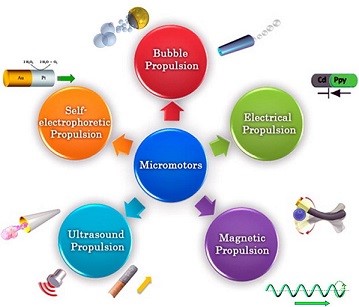
Our recent efforts have been directed at exploring the use of the sample matrix itself (media or constituents) as the fuel, thus obviating the need for adding an external fuel. Given the enormous interest in this cutting-edge research area, we expect exciting new developments in the near future. These future applications of man-made nanomachines and nanorobots will be limited only by our imagination. See Figures 1-8 below.
Figure 1. Template-Grown Microengine Rockets (JACS 2011)

Figure 2. Micromotors for defense (detoxification) applications (ACS Nano 2014).

Figure 3. Nanomachine-enabled isolation of cancer cells (Angew Chemie 2011).

Figure 4. First in vivo applications of Nanomotors (ACS Nano 2015)


Figure 5. Functionalized algae microrobots for treating lung disease (Nature Materials, 2022)

Figure 6. Acoustic microcannons delivering therapeutic nanobullets (ACS Nano 2016)

Figure 7. Accelerated intracellular gene silencing based on acoustically propelled nanowire motors (ACS Nano 2016).

Figure 8. Nanomotor Lithography (Nature Commun. 2014)

Figure 9. Motion-based DNA Sensing (Nature Commun., 2010)

Funding resources
The research has been supported by numerous grants from various federal agencies (NSF, NIH, ONR, DTRA, CDC, EPA, DOE, DOD, NASA, Army, Navy, Sandia, USDA, Battelle, Dept. of Interior, Dept. of Justice) and industrial sponsors (Millipore, Procter & Gamble (PG), Motorola, Kodak, Dow, Dupont, Lifescan, IL, Cygness, DSM, Jockey, Novo Nordisk, Electrozyme, Honda, Intel, Pioneer, Medisense, ETG) and other organizations (ACS-PRF, American Heart Association).
Collaboration
We are interested in collaborating with industrial or governmental partners for the development of solutions to practical, analytical, and sensor problems. Our thick-film microfabrication facility also provides a tailor-made preparation of screen-printed electrodes and printable electronic flexible devices.
Our research is constantly resulting in new patented technology which can be licensed. Please contact us for more details on how you can access our patents.
© 2024 Department of Chemcial and Nano Engineering. All Rights Reserved.
